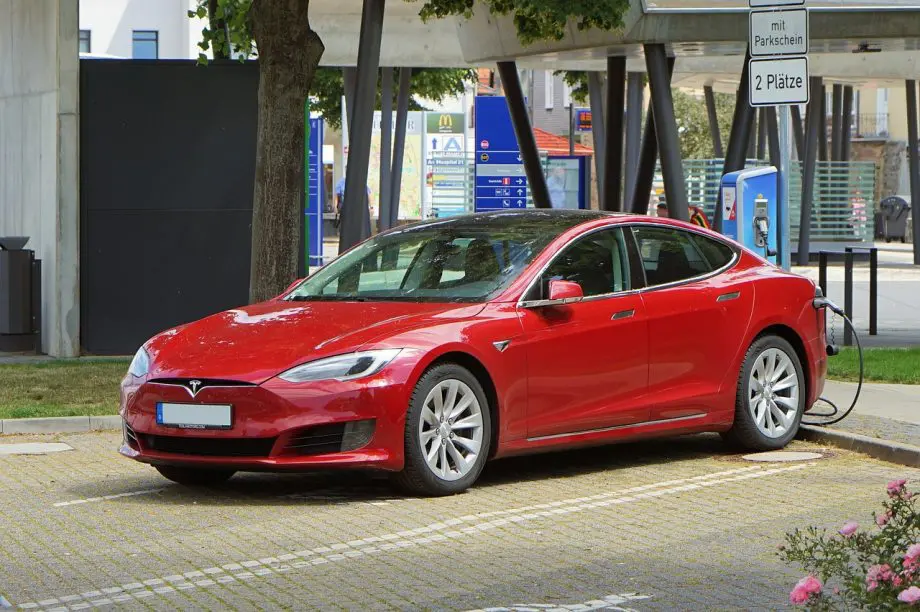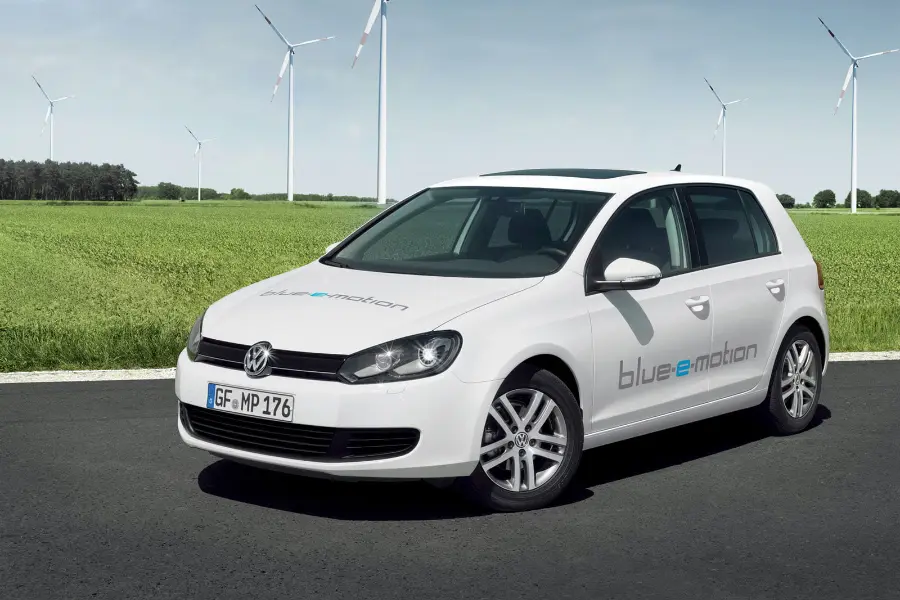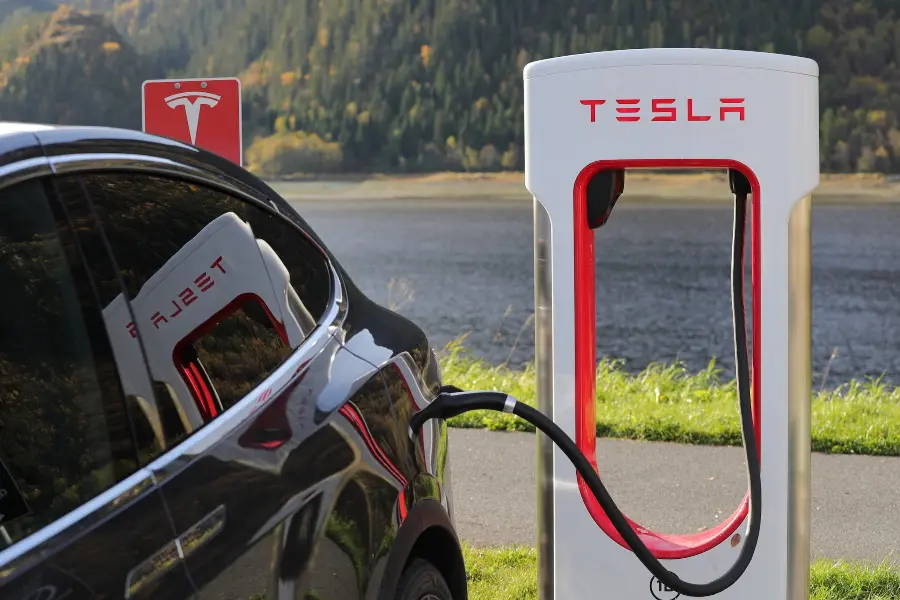
Get the lowdown on understanding range anxiety in electric vehicles. Explore its impact, how to overcome it, and the future of EVs in our engaging guide.
Ever heard of the term ‘range anxiety’? If you’re an electric vehicle enthusiast or considering becoming one, it’s a phrase you’ll want to get familiar with.
In our journey of understanding range anxiety in electric vehicles, we’ll delve into what it means, why it matters, and how it’s shaping the future of sustainable transportation.
So buckle up, and let’s embark on this electrifying ride together!
Understanding Range Anxiety in Electric Vehicles
Welcome to our deep dive into the world of electric vehicles, or EVs as they’re commonly known.
One term that often pops up in this context is ‘range anxiety’. But what does it mean? How does it affect EV owners and potential EV buyers?
In this comprehensive guide, we’ll be exploring these questions and more. We’ll cover everything from the basics of EVs, to the concept of range anxiety, its impact on EV adoption, and how to overcome it.
We’ll also gaze into the crystal ball to discuss the future of EVs and range anxiety.
So, if you’re ready to plug in and power up your knowledge, let’s get started!
Definition of Range Anxiety
Let’s start with the basics. What exactly is range anxiety?
Well, imagine you’re an electric car driver in your shiny new electric vehicle, and you suddenly notice that the battery level is getting low.
The nearest public charging station is miles away, and you’re not sure if you’ll make it.
That creeping worry you feel? That’s range anxiety.
It’s the fear that your EV won’t have enough juice to get you to your destination or a charging station.
It’s a common concern among EV drivers, especially those new to the game.
Brief History and Origin of the Term
Now, where did this term come from? The phrase ‘range anxiety’ is relatively new and has grown alongside the rise of electric vehicles.
It was coined to describe the unique form of anxiety experienced by EV drivers concerning their vehicle’s battery life.
While the concept of worrying about running out of fuel isn’t new.
We’ve all had that moment of panic when the gas light comes on and can’t find a gas station.
But range anxiety is specific to the electric vehicle experience.
It’s a term that has become more prevalent in recent years as EVs have become more popular, and understanding electric vehicle range anxiety is a crucial part of navigating the world of electric vehicles.
Understanding Electric Vehicles (EVs)

Alright, now that we’ve got a handle on range anxiety, let’s shift gears and talk about electric vehicles themselves.
If you’re new to the world of EVs, you might be wondering how they differ from traditional gas-powered cars, or perhaps you’re curious about why they’ve been gaining so much popularity recently.
In this section, we’ll pull back the curtain on electric vehicles, exploring how they work and why they’re making such a splash in the automotive world.
Ready to get charged up with knowledge? Let’s dive in!
Brief Overview of How EVs Work
So, how do these sleek, silent machines work? Well, at the heart of every electric vehicle is its battery.
Instead of a gas-guzzling internal combustion engine, EVs run on electricity stored in a rechargeable battery pack.
When you press the accelerator, electricity from the battery is sent to the electric motor, which then powers the wheels. Simple, right?
But it’s not just about the mechanics. One of the key benefits of EVs is that they produce zero tailpipe emissions, making them a much greener choice compared to their gas-powered counterparts.
The Rise of EVs in the Market
Now, let’s talk about the rise of EVs in the market. Over the past decade, electric vehicles have shifted from being a niche product for tech enthusiasts to a mainstream choice for consumers.
This surge in popularity can be attributed to several factors. For one, there’s growing awareness about climate change and a corresponding desire to reduce carbon emissions.
Then there’s the fact that EVs have become more affordable and accessible, with more models available than ever before.
Plus, improvements in battery technology mean that modern EVs can go longer distances on a single charge, helping to alleviate some of that pesky range anxiety we talked about earlier.
It’s clear that EVs are not just a passing trend. They’re here to stay.
Fast chargers are becoming increasingly more available too and there was a time when gas stations were not plentiful in the United States.
The Concept of Range Anxiety

Having covered the basics of electric vehicles, let’s now delve deeper into the concept of EV range anxiety.
It’s a term that’s become synonymous with the EV experience, but what does it really mean? How does it manifest, and what factors contribute to it?
In this section, we’ll unpack the concept of range anxiety, exploring its intricacies and its impact on the EV driving experience.
So, if you’re ready to conquer this electric elephant in the room, let’s get started!
Detailed Explanation of Range Anxiety
Let’s dive deeper into range anxiety. As we mentioned earlier, it’s the fear that your electric vehicle won’t have enough battery power to reach your destination or a charging station.
But it’s more than just a simple worry. Range anxiety can influence how and when you use your EV, and it can even deter potential buyers.
It’s a psychological hurdle that many EV drivers have to overcome. It’s like watching your phone’s battery life dwindle away when you’re out and about.
Except, instead of missing out on social media updates, you’re worried about being stranded on the side of the road.
Factors Contributing to Range Anxiety
Several factors can contribute to range anxiety. One of the main ones is the availability and accessibility of charging stations.
If you’re not confident that you can find a place to recharge when you need to, that can cause a lot of stress.
The performance of the battery itself is another factor. Just like your phone battery, the battery in an EV can be affected by things like temperature and the way you drive.
Finally, there’s the simple fact that driving an EV requires a shift in mindset.
We’re so used to the convenience of gas stations and the relatively quick process of refueling a gas car that adjusting to the needs of an EV can be a challenge.
Real-Life Examples of Range Anxiety
![]()
To bring range anxiety to life, let’s consider a couple of real-world scenarios. Imagine you’re planning a road trip in your EV.
You’ve mapped out your route, but you notice there are long stretches without any charging stations.
You start to worry about whether you’ll be able to make it from one station to the next.
Or, picture this: you’re on your way home from work, and you realize you forgot to charge your EV the night before.
The battery indicator is dropping, and you’re not sure if you’ll have enough range to make it home.
These are just a couple of examples of how range anxiety can manifest in everyday situations.
Impact of Range Anxiety on EV Adoption
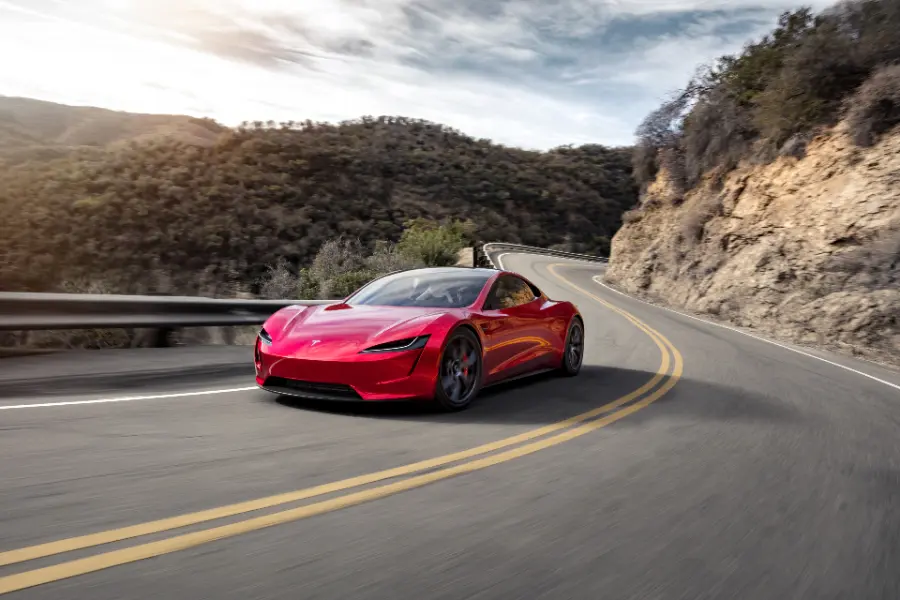
Now that we’ve got a solid grasp on what range anxiety is, let’s consider its broader implications.
Specifically, how does it impact the adoption of electric vehicles?
It’s one thing to understand range anxiety as an individual driver, but it’s another to see how it influences consumer behavior on a larger scale.
In this section, we’ll explore how range anxiety affects people’s willingness to switch to EVs and what this means for the future of electric mobility.
So, if you’re ready to delve into the nitty-gritty of EV adoption, let’s hit the road!
How Range Anxiety Affects Consumer Behavior
Range anxiety plays a significant role in shaping consumer behavior when it comes to electric vehicles.
For many potential buyers, the fear of running out of charge and being stranded is a major deterrent.
This anxiety can overshadow the many benefits of EVs, such as their environmental friendliness, lower maintenance costs, and the convenience of home charging.
It’s a bit like being hesitant to switch to a smartphone because you’re worried about finding a place to charge it.
This fear can cause consumers to stick with what they know and in this case, gas-powered vehicles even if they’re interested in the benefits of going electric.
Studies and Surveys on Range Anxiety
Various studies and surveys have highlighted the impact of range anxiety on EV adoption.
For instance, a survey by the American Automobile Association (AAA) found that while 40 million Americans would consider an electric vehicle for their next car, 58% of them were concerned about range anxiety.
Another study published in the journal Nature Energy found that range anxiety tends to decrease as drivers become more familiar with EVs, suggesting that experience and familiarity can help alleviate this concern.
These studies underscore the importance of addressing range anxiety in efforts to promote wider adoption of electric vehicles.
Overcoming Range Anxiety
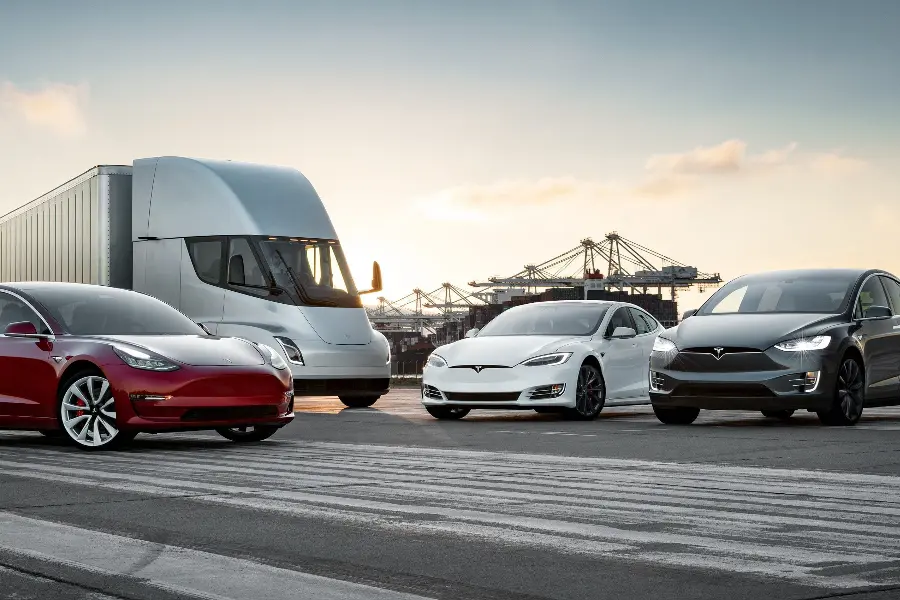
Having explored the concept of range anxiety and its impact on EV adoption, let’s now turn our attention to solutions.
Yes, range anxiety can be a hurdle, but it’s not an insurmountable one. There are various strategies and technological advancements that can help alleviate this concern.
In this section, we’ll delve into ways to overcome range anxiety, from infrastructure improvements to tips for EV owners.
So, if you’re ready to put range anxiety in the rearview mirror, let’s power ahead!
Technological Advancements Addressing Range Anxiety
First up, let’s talk about technology. One of the most exciting things about the EV industry is how rapidly it’s evolving.
Technological advancements are continually addressing range anxiety. For instance, battery technology is improving, with newer models of EVs offering longer ranges than ever before.
There’s also a lot of innovation happening around fast-charging technology, which can significantly reduce charging times.
Plus, many modern EVs come with sophisticated onboard systems that can calculate your range based on driving style, route, and even weather conditions, helping to manage and alleviate range anxiety.
Role of Infrastructure in Mitigating Range Anxiety
Infrastructure plays a crucial role in overcoming range anxiety.
The more charging stations there are, and the more evenly they’re spread out, the less EV drivers have to worry about running out of charge.
Governments and private companies worldwide are investing in expanding charging networks, making it easier for EV drivers to find a charging point when they need one.
In addition, initiatives like installing charging stations at workplaces and public parking lots, or offering home charging solutions, are also helping to make charging more accessible and convenient.
Tips for EV Owners to Manage Range Anxiety
Finally, let’s look at some practical tips for managing range anxiety.
One of the simplest strategies and the best way of avoiding range anxiety is to get into the habit of charging your EV whenever it’s not in use, much like you’d charge your phone.
Making sure your battery has a full charge before you go out can really help eliminate range anxiety.
Planning your routes in advance, especially for long trips, can also help ensure you’re never too far from a charging station.
And remember, driving style can significantly impact your EV’s range, so adopting energy-efficient driving habits like smooth acceleration and deceleration can help maximize your range.
Lastly, keep in mind that range anxiety tends to decrease with experience, so the more you drive your EV, the more comfortable you’ll become with its range.
The Future of EVs and Range Anxiety
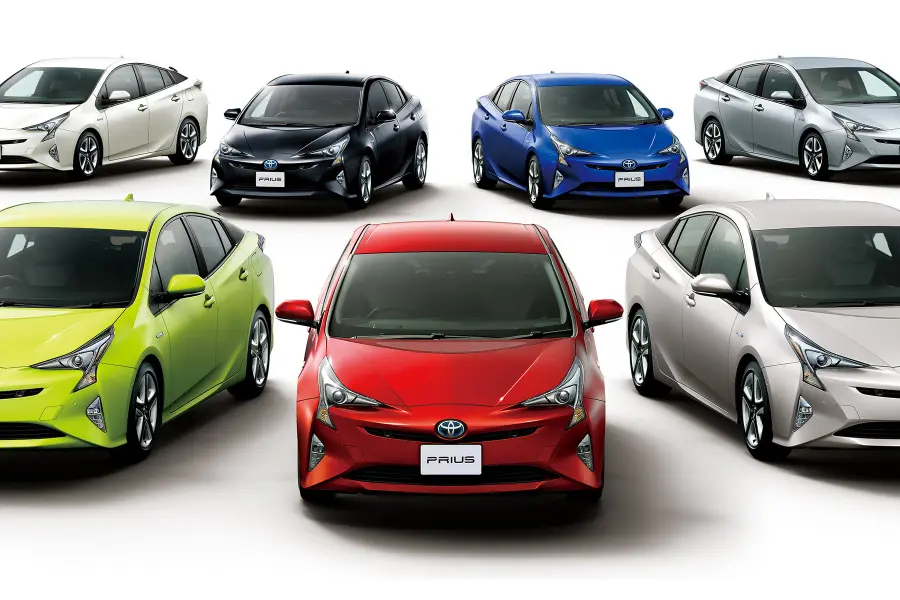
As we journey further into the world of electric vehicles and range anxiety, it’s time to look ahead.
What does the future hold for EVs and range anxiety?
Will technological advancements and infrastructure improvements help to eliminate this concern?
Or will it continue to be a speed bump on the road to widespread EV adoption?
In this section, we’ll explore predictions and possibilities for the future of EVs and range anxiety.
So, if you’re ready to take a peek into the crystal ball, let’s forge ahead!
Predictions for the Future of EVs
When it comes to the future of electric vehicles, the outlook is bright.
As technology continues to advance, we can expect to see car manufacturers sell EVs with more powerful EV batteries, longer ranges, faster charging times, and more affordable price tags to help boost EV sales.
For example, the Tesla Model S has a range of up to 405 miles and this long range will certainly make it easier to reach a fast-charging station just about anywhere you drive.
The variety of models available is also likely to increase, giving consumers more choices to suit their needs and preferences.
Furthermore, as more people adopt EVs and share their experiences, misconceptions about range anxiety are likely to diminish.
This, coupled with the growing urgency to combat climate change and reduce reliance on fossil fuels, suggests that EVs are set to become an increasingly common sight on our roads.
How Range Anxiety Might Evolve or Be Eliminated in the Future
As for range anxiety, its future is less certain. However, there are reasons to be optimistic.
As mentioned earlier, improvements in battery and charging technology are already helping to alleviate this concern.
More public chargers will make long journeys much less stressful.
As these technologies continue to evolve, and as charging infrastructure becomes more widespread and accessible, range anxiety could become a thing of the past.
Additionally, as more people become familiar with EVs and how they work, the fear and uncertainty that often contribute to range anxiety are likely to decrease.
While it’s hard to say for sure, it’s possible that in the future, range anxiety will be nothing more than a footnote in the history of electric vehicles.
FAQs
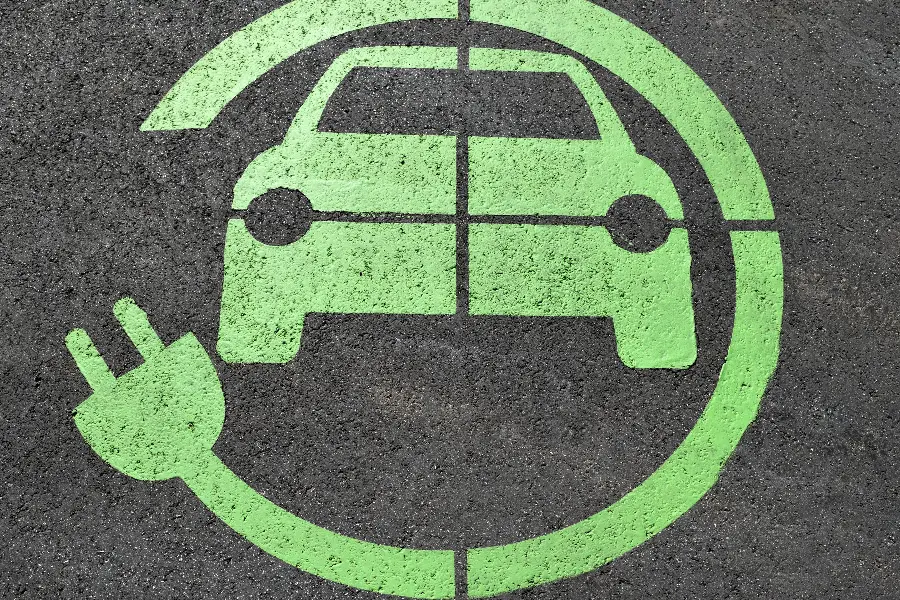
By now, we’ve covered a lot of ground on our journey through the world of electric vehicles and range anxiety.
But you might still have a few questions lingering in your mind. That’s why we’ve included this FAQ section, where we’ll tackle some of the most common queries about range anxiety.
From understanding what it is to learn how to overcome it, we’ve got you covered. So, let’s dive into these burning questions and shed some light on the answers!
Q: What is range anxiety for electric cars?
A: Range anxiety is the fear that an electric vehicle (EV) won’t have enough battery power to reach a destination or a charging station. It’s a common concern among EV drivers, particularly those new to electric vehicles.
Q: How do you overcome range anxiety with EV?
A: Overcoming range anxiety involves a combination of strategies. These include regular charging habits, planning routes with charging stations in mind, and adopting energy-efficient driving habits.
Technological advancements, such as improved battery life and fast-charging solutions, also play a crucial role in alleviating range anxiety.
Q: What are some of the issues that cause range anxiety?
A: Several factors contribute to range anxiety. These include the availability and accessibility of charging stations, the performance of the EV’s battery, and the adjustment to a new refueling paradigm compared to traditional gas vehicles.
The fear of being stranded due to a depleted battery is a significant factor contributing to range anxiety.
Q: What helps to minimize range anxiety?
A: Minimizing range anxiety can be achieved through a mix of practical steps and broader infrastructural improvements.
On a practical level, regular charging, route planning, and energy-efficient driving can help.
On a broader level, the expansion of charging infrastructure, improvements in battery technology, and increased public awareness and understanding of EVs can all contribute to reducing range anxiety.
Understanding Range Anxiety Conclusion
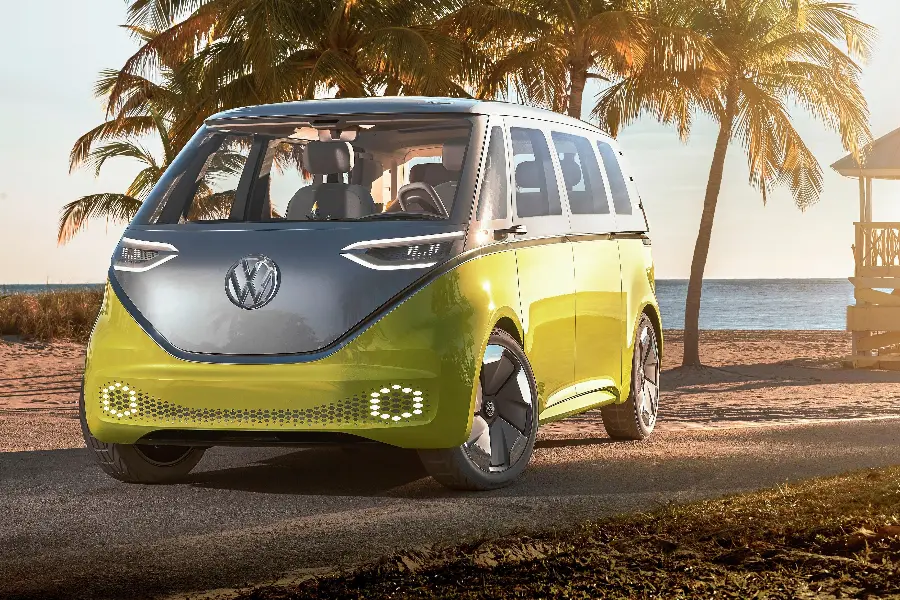 As we approach the end of our journey through the world of electric vehicles and range anxiety, it’s time to reflect on what we’ve learned.
As we approach the end of our journey through the world of electric vehicles and range anxiety, it’s time to reflect on what we’ve learned.
We’ve explored the ins and outs of EVs, delved deep into the concept of range anxiety, and looked at how it impacts EV adoption.
We’ve also considered ways to overcome range anxiety and peeked into the future of EVs.
In this concluding section, we’ll tie all these threads together and offer some final thoughts on the topic.
So, if you’re ready for the home stretch, let’s wrap this up!
Recap of Key Points
Let’s take a moment to revisit the key points we’ve covered. We started by defining range anxiety as the fear that an EV won’t have enough battery power to reach a destination or a charging station.
We then explored the world of electric vehicles, discussing how they work and their rising popularity.
We dove into the concept of range anxiety, looking at how it affects consumer behavior and the adoption of EVs.
We also discussed various strategies and technological advancements that can help alleviate range anxiety, and we looked ahead to the future of EVs and range anxiety.
Final Thoughts on the Topic
As we wrap up, it’s clear that while range anxiety is a real concern for many EV drivers and potential buyers, it’s not an insurmountable obstacle.
With ongoing advancements in technology and infrastructure, as well as increased awareness and understanding, we can expect range anxiety to become less of a barrier to EV adoption in the future.
The journey to widespread electric vehicle use may have its challenges, but with every challenge comes an opportunity for innovation and progress.
So, whether you’re an EV driver, a potential buyer, or just an interested observer, stay plugged into the exciting developments in this space. The road ahead for electric vehicles is looking brighter than ever!

